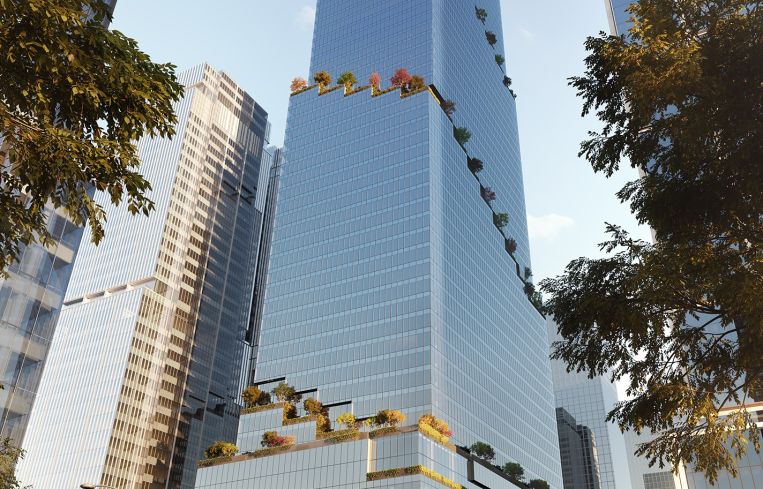Midtown South’s May Monthly Activity Leads Office Market
Sublet availability ticked up as occupiers evaluate space needs
By David Nusbaum June 2, 2022 10:58 am
reprints
Midtown South has been the most desirable location for tenants relocating and expanding during the pandemic, and landlords are capitalizing by pushing asking rents higher, according to Colliers’ latest Manhattan market report. Asking rents in Midtown South have increased by 4.9 percent since March 2020. Conversely, asking rents declined by 7.9 percent and 9.2 percent in Midtown and Downtown, respectively, since the onset of the pandemic.
Midtown South’s average asking rent increased by 19 percent from a pandemic low of $68.69 per square foot in February 2021. For the third consecutive month, Midtown South’s average rate was higher than Midtown’s, according to Colliers. Rents were up 0.2 percent to a record high $81.75 per square foot in Midtown South as some assets increased asking rates. However, the report noted that spaces leased and subsequently removed from the inventory were above average, which mitigated price increases.
Three leases at 66 Hudson Boulevard were among the five largest in the market last month. The Midtown South building, dubbed the Spiral, secured three deals that brought the Tishman Speyer project to 70 percent pre-leased as it nears completion in the second half of the year. HSBC’s new lease for 264,000 square feet was the largest transaction. Other deals included Turner Construction’s 87,000-square-foot expansion and NewYork-Presbyterian’s 74,000-square-foot new lease.
Downtown’s availability rate increased by 40 basis points last month to a record-high 20.1 percent, according to Colliers’ data. New sublet space partially contributed to the increase, and the brokerage firm noted it was the first time on record that any of Manhattan’s three major markets had an availability rate above 20 percent. Manhattan’s overall net sublet availability increased by 250,000 square feet to 20 million square feet. Although the increase in sublet space could be a sign of market weakness, it also signifies that companies are making long-term decisions about office space.
Amid a shift back to office-based work for many companies, activity totaled 2.45 million square feet in May, down from April’s 2.66 million square feet. The report noted that leasing velocity surpassed monthly averages for 2020 and 2021, but was nearly one-third below the 2019 pre-pandemic average of 3.58 million square feet.
David Nusbaum can be reached at dnusbaum@commercialobserver.com.



